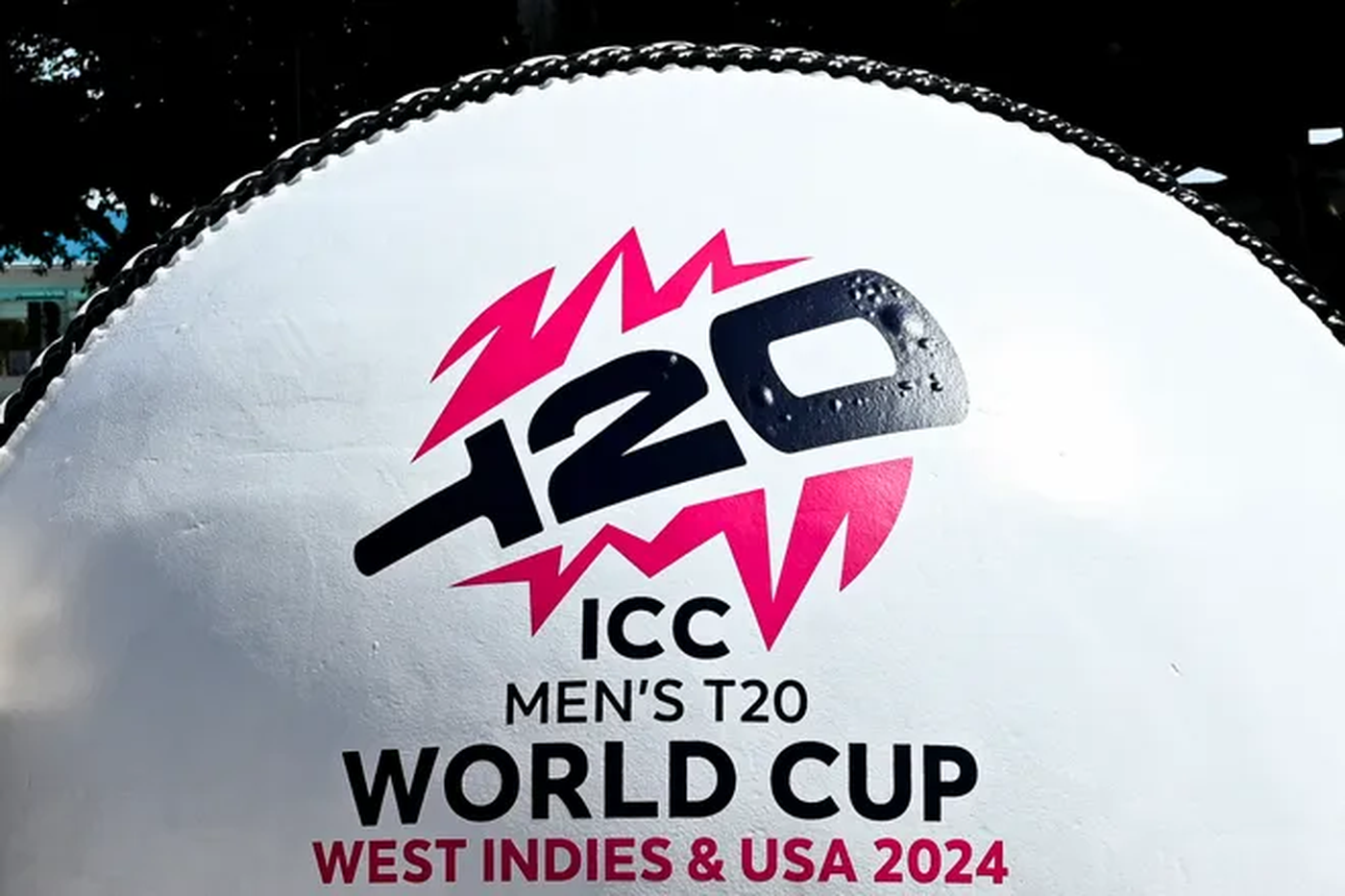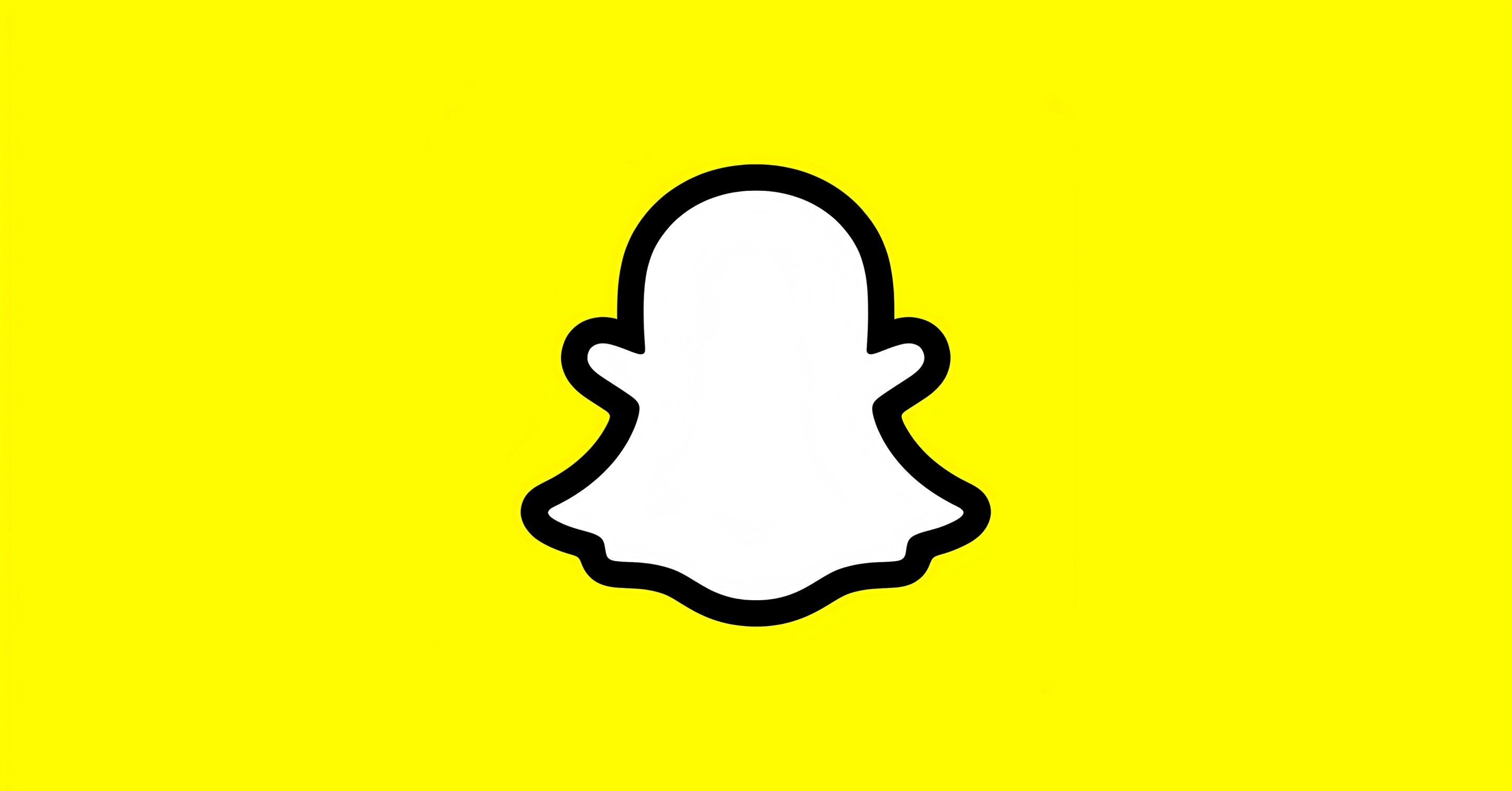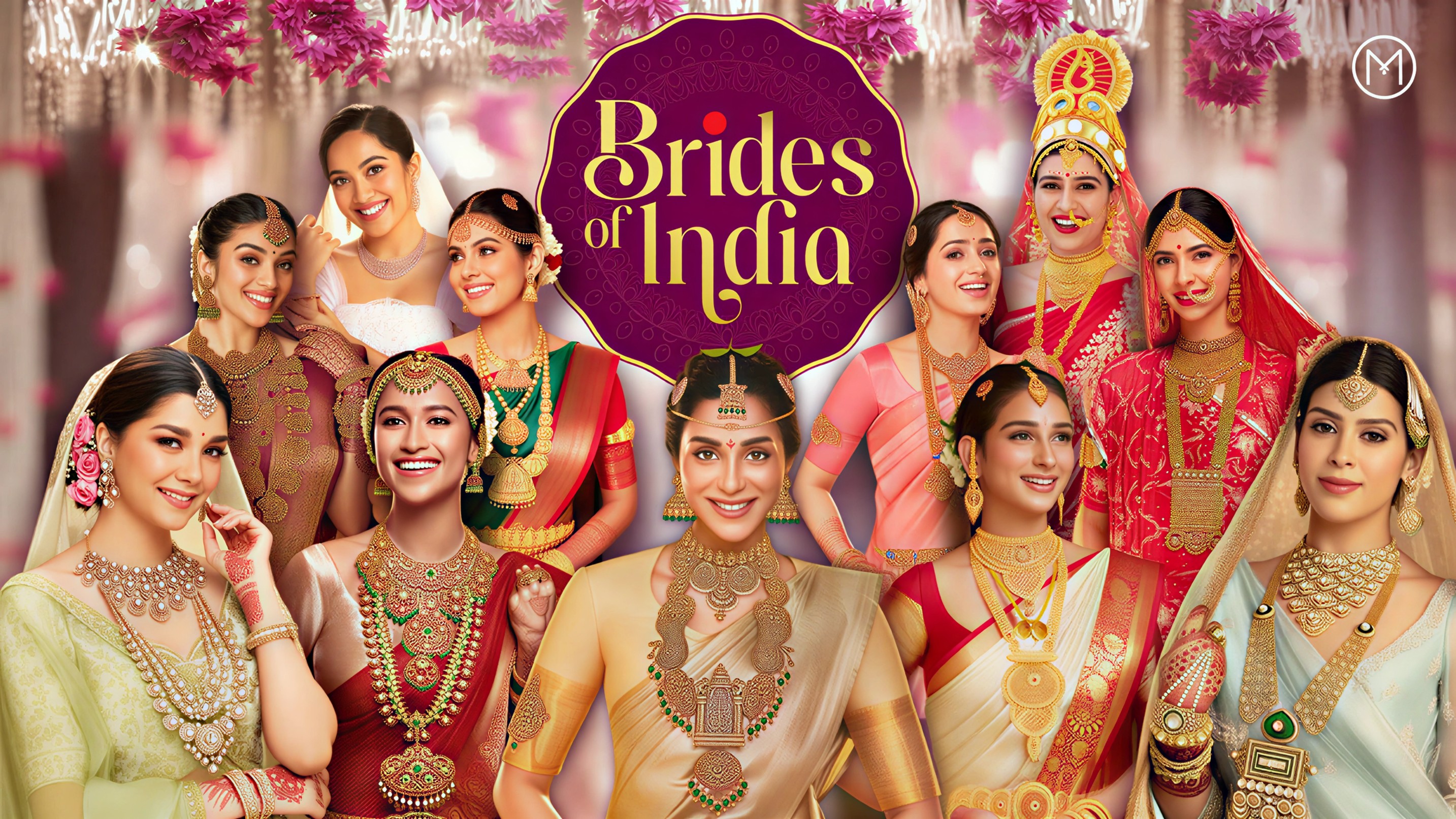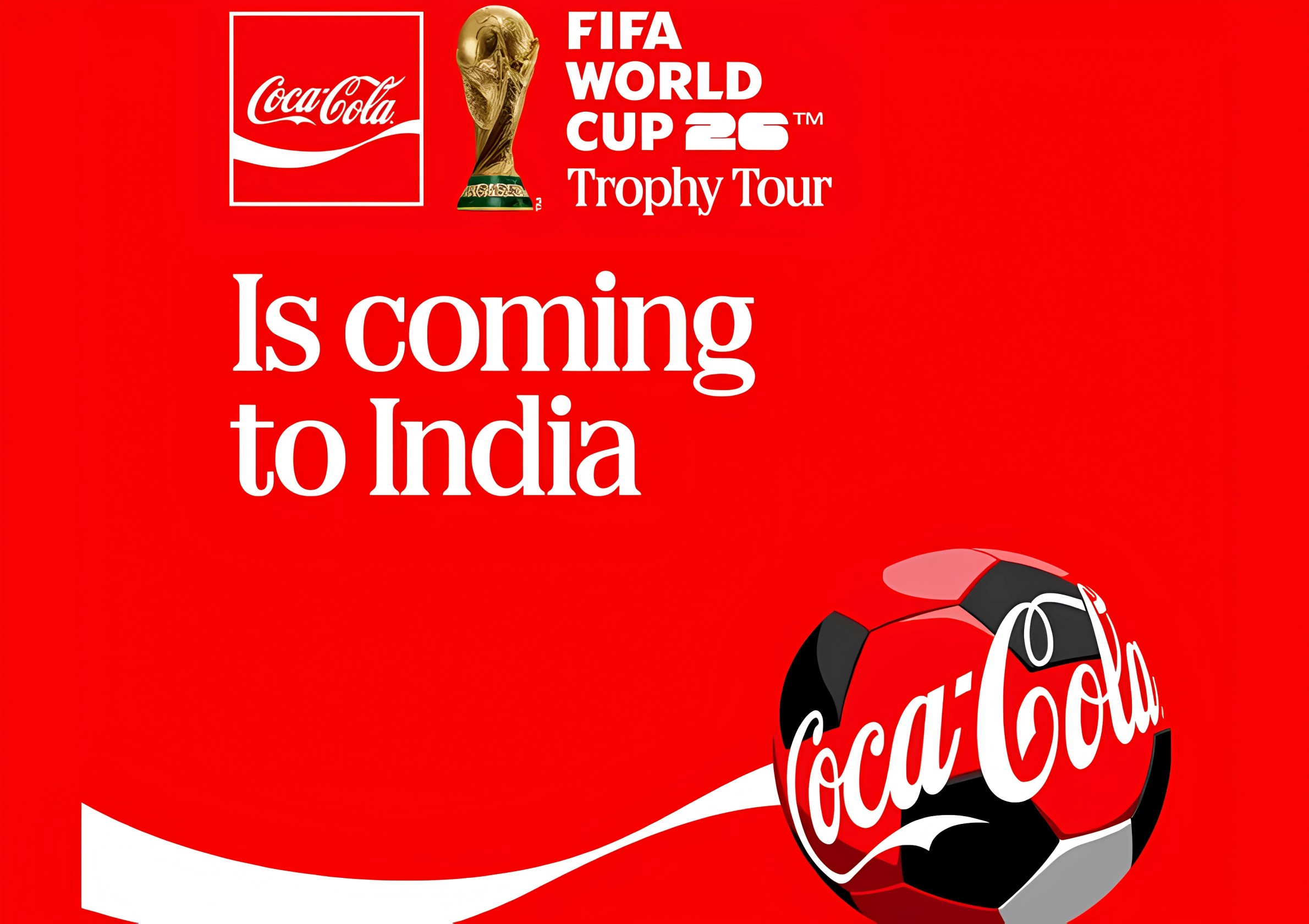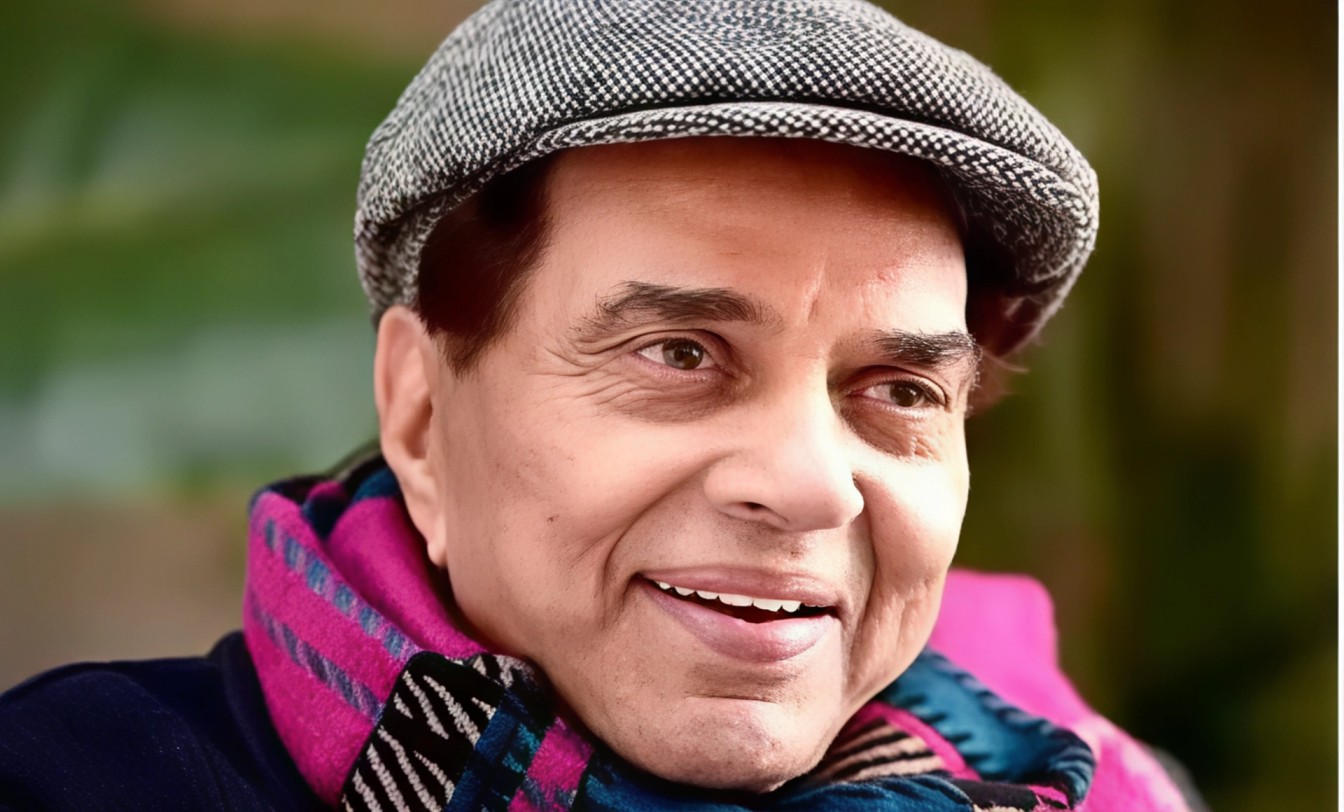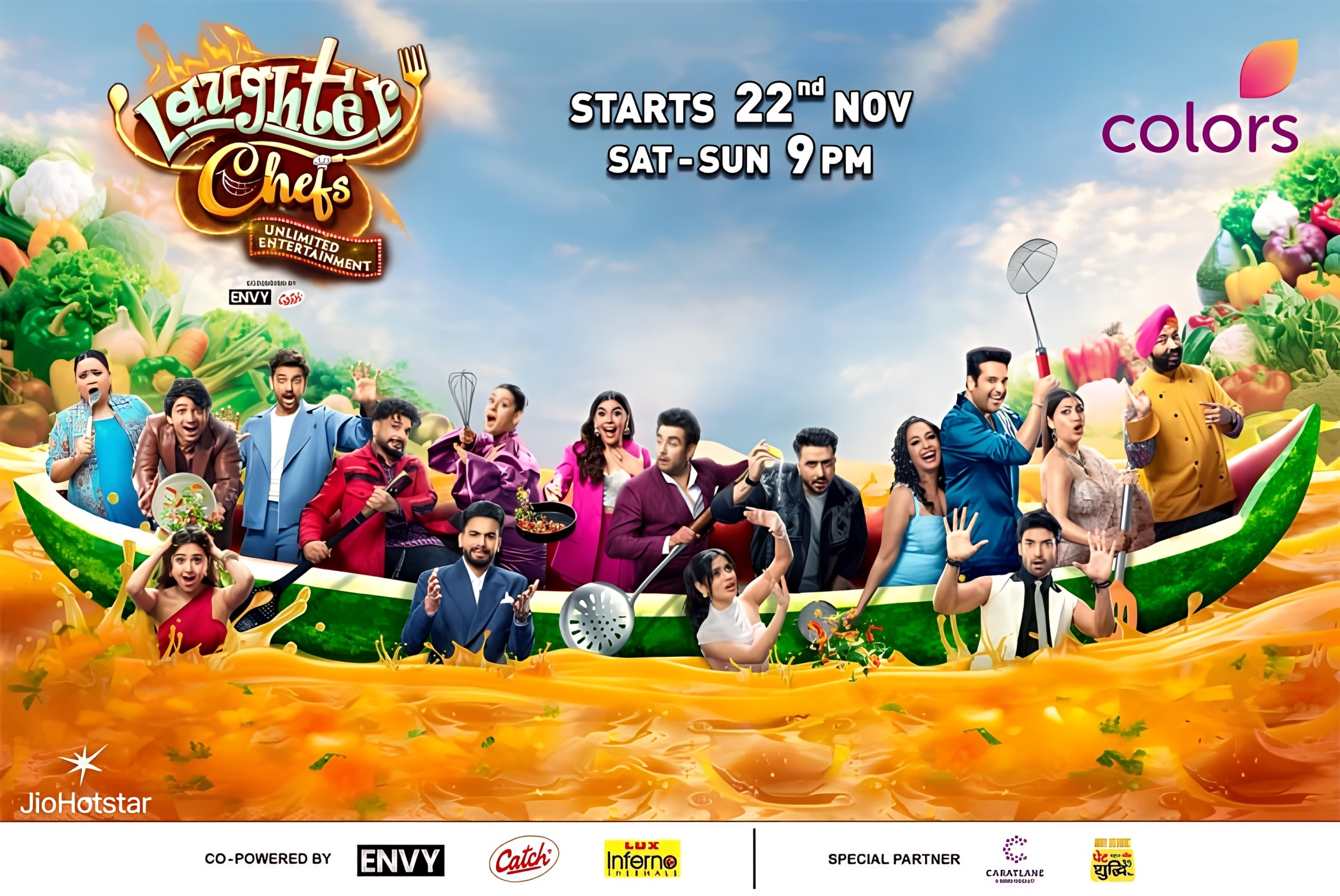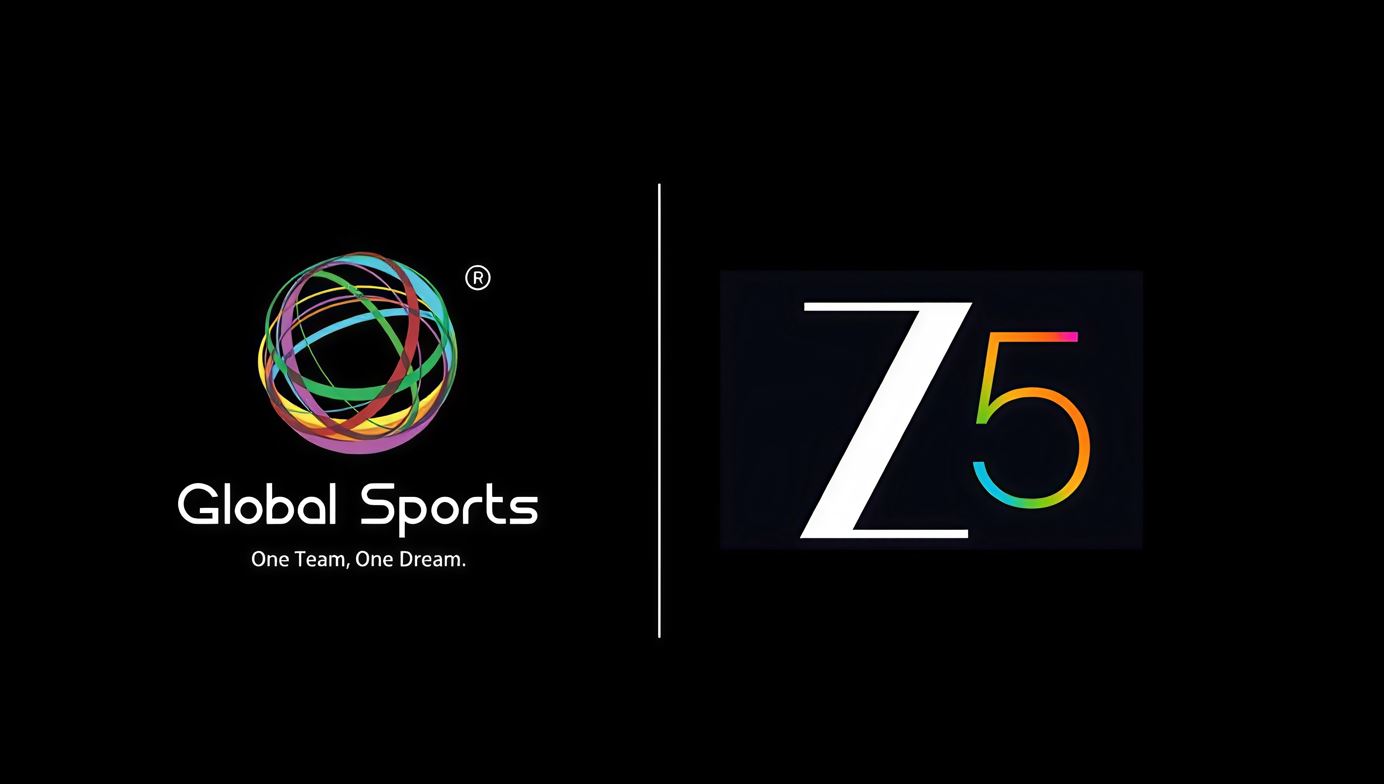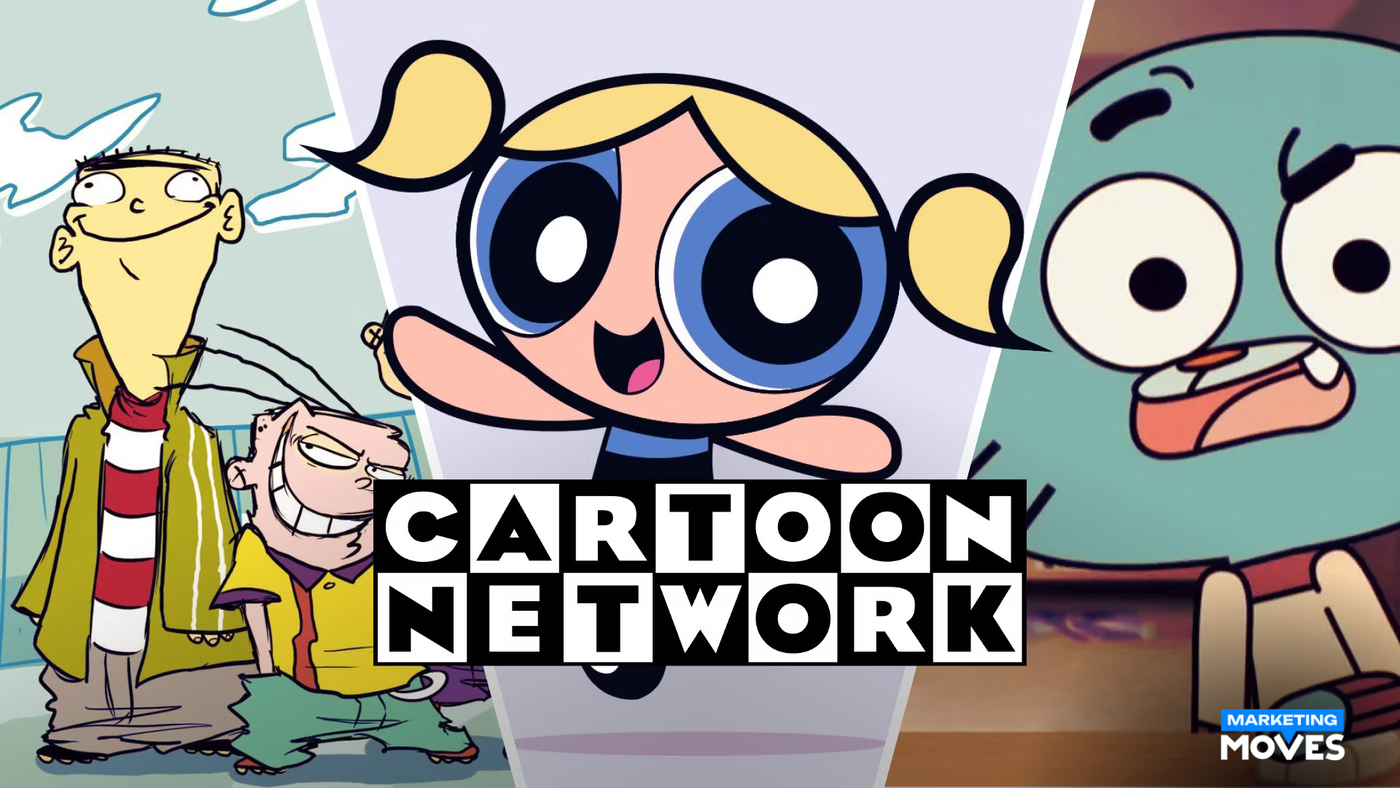India's victory over South Africa in the ICC Men's T20 World Cup 2024 not only ignited nationwide celebrations but also marked a significant shift in the advertising landscape. This year’s tournament showcased the evolving dynamics of media consumption and advertising strategies in the sports industry.
Advertising Revenue
- Total Revenue:
- Star Sports garnered ₹1,200-1,300 crore from the event, covering both television and digital platforms. This figure fell short of the projected ₹1,600 crore by media buyers but indicated substantial growth compared to previous years.
- In 2022, the tournament generated ₹1,000 crore from linear television and ₹600 crore from digital channels. This year saw an increase in digital spending, with ₹700-750 crore allocated to Disney+ Hotstar and the remainder going to TV.
Digital Advertising Surge
-
Event Duration and Viewership:
- The month-long, 20-team tournament took place from early June to June 29, with matches held in the US and West Indies.
- Advertisers heavily targeted India matches, contributing to a 38% increase in ad volumes compared to the 2022 edition in Australia. Matches involving India experienced a 90% surge in ad volumes.
-
Prime-Time vs. Non-Prime-Time:
- Non-prime-time matches, especially those scheduled early in the morning for Indian viewers, saw a decline in live television ad revenue. Despite this, digital engagement for these matches remained robust as audiences engaged in delayed viewing and highlights.
ADVERTISEMENT
Brand Advertising Shifts
-
Brand Dynamics:
- The 2024 World Cup saw significant changes in brand participation, with only one company remaining consistent from previous years.
- Traditional categories such as food (biscuits), pan masala, and automobiles replaced major brands like Thums Up and Apple in the top five advertisers.
-
Economic and Regulatory Influences:
- Anshu Yardi, vice president of Business Partnerships, noted that economic cycles and trends affect brand advertising. Traditional categories might have leveraged the World Cup to reconnect with consumers based on nostalgic value and cultural resonance.
Digital Engagement and Viewer Statistics
-
Record-Breaking Viewership:
- Data from Disney+ Hotstar revealed a peak concurrency of 53 million viewers during the India vs. South Africa final match, setting a new record for digital streaming in any T20 format.
-
Advertiser Participation:
- Throughout the tournament, Disney+ Hotstar hosted approximately 170 advertisers across over 200 brands. The final game saw a 57% increase in advertising compared to 2022, with ad volumes per match growing by 38% on average.
- The Super8 matches recorded a 118% increase in ad volumes over the 2022 Super 12 stage, with 88 advertisers and 146 brands participating.
Category Trends
- Top Advertising Categories:
- Biscuits led the advertising categories with a 14% share, followed by perfumes and deodorants, cars, and pan masala, each at 7%. Lubricants held a 6% share.
- In contrast, the 2022 season was dominated by e-commerce gaming companies and soft drinks.
ADVERTISEMENT
Strategic Adaptations
- Evolving Strategies:
- Advertising strategies reflected a mix of economic, consumer, competitive, and global factors. Brands continuously adapt their marketing strategies to stay relevant and achieve their business objectives, leading to changes in sponsorship decisions for high-profile events like the World Cup.
Conclusion
The ICC Men’s T20 World Cup 2024 highlighted the dynamic nature of the advertising landscape, influenced by changing consumer preferences, economic conditions, and technological advancements. India’s triumph not only brought joy to fans but also underscored the evolving strategies of brands and advertisers in leveraging major sporting events to connect with their audiences.

